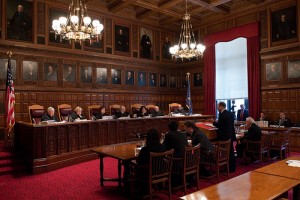Posted
18 Sep 2013 in Tips and Tactics

A nonparty may be vitally interested in the outcome of pending litigation or a pending appeal. The interest may be so great and so direct as to require that the nonparty be made a party. Such a nonparty is frequently but unfortunately spoken of as indispensable.
[1] When the interest is somewhat less, however, the nonparty may seek leave to intervene or to appear as an amicus or, alternatively, watch the litigation from the sidelines.
[2] What considerations bear on the choice of intervention and appearance as an amicus?
Most significantly, an intervenor is bound as a party, whereas an amicus curiae is not a party and is not bound by the judgment.
[3] That distinction is a strong encouragement for a nonparty to proceed as an amicus curiae and retain the ability to fight again in the future, especially if the nonparty’s ability to participate in and influence the trial, appeal, and outcome as an intervenor are not entirely clear. As a party, an intervenor will have the right to appeal, denied to an amicus, but may be held liable for attorney fees and costs.
[4] An intervenor will be bound by the judgment for purposes of res judicata and collateral estoppel, while an amicus will not.
 Ninth Circuit Judge Harry Pregerson identified seven deadly sins of appellate briefing:
Ninth Circuit Judge Harry Pregerson identified seven deadly sins of appellate briefing:








